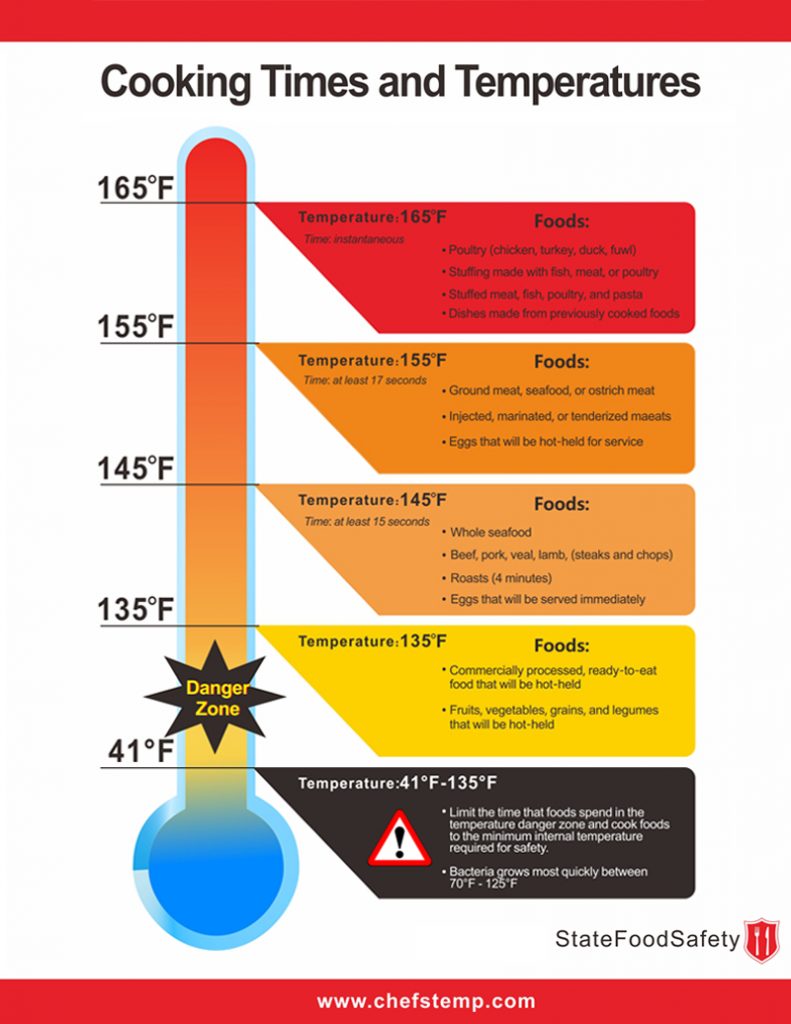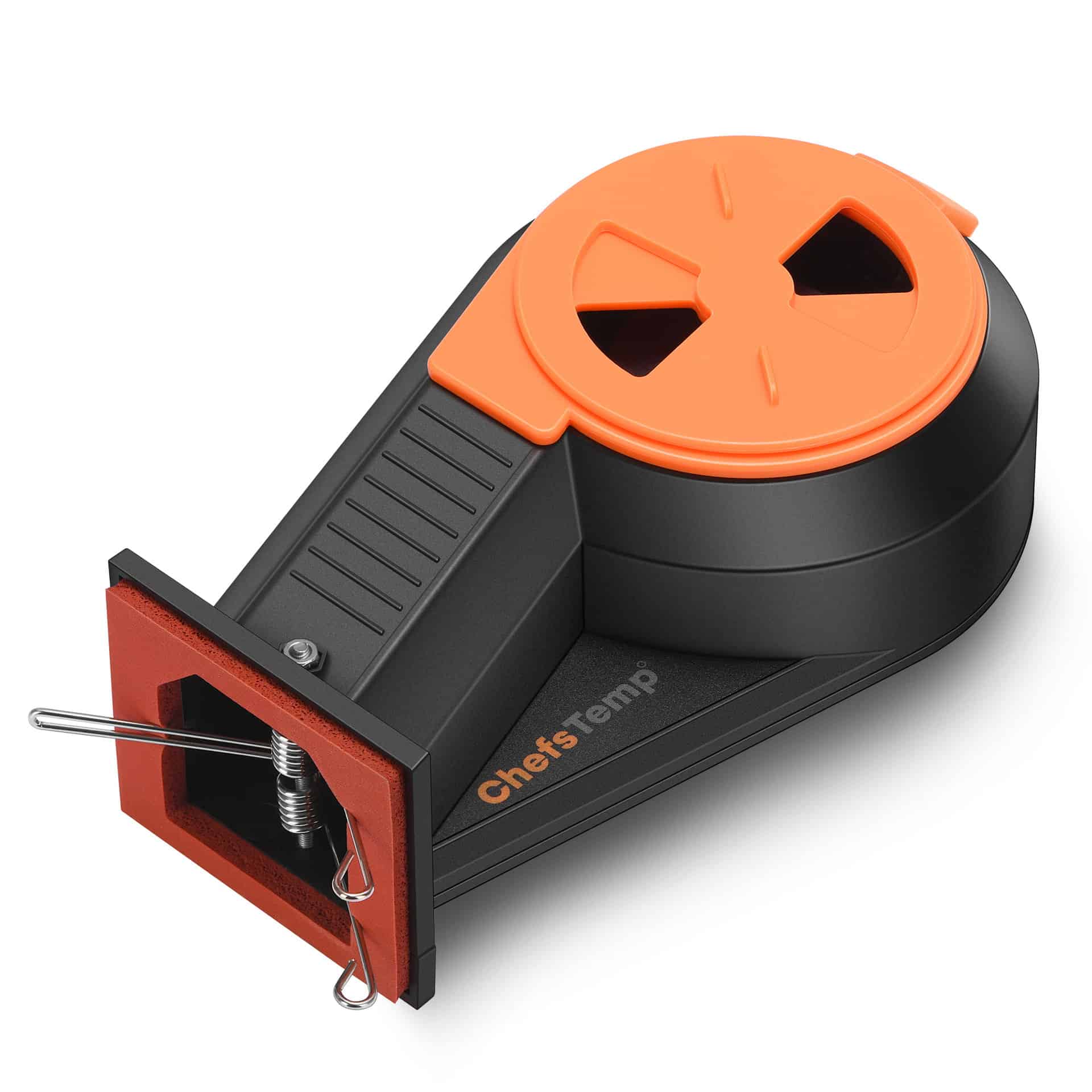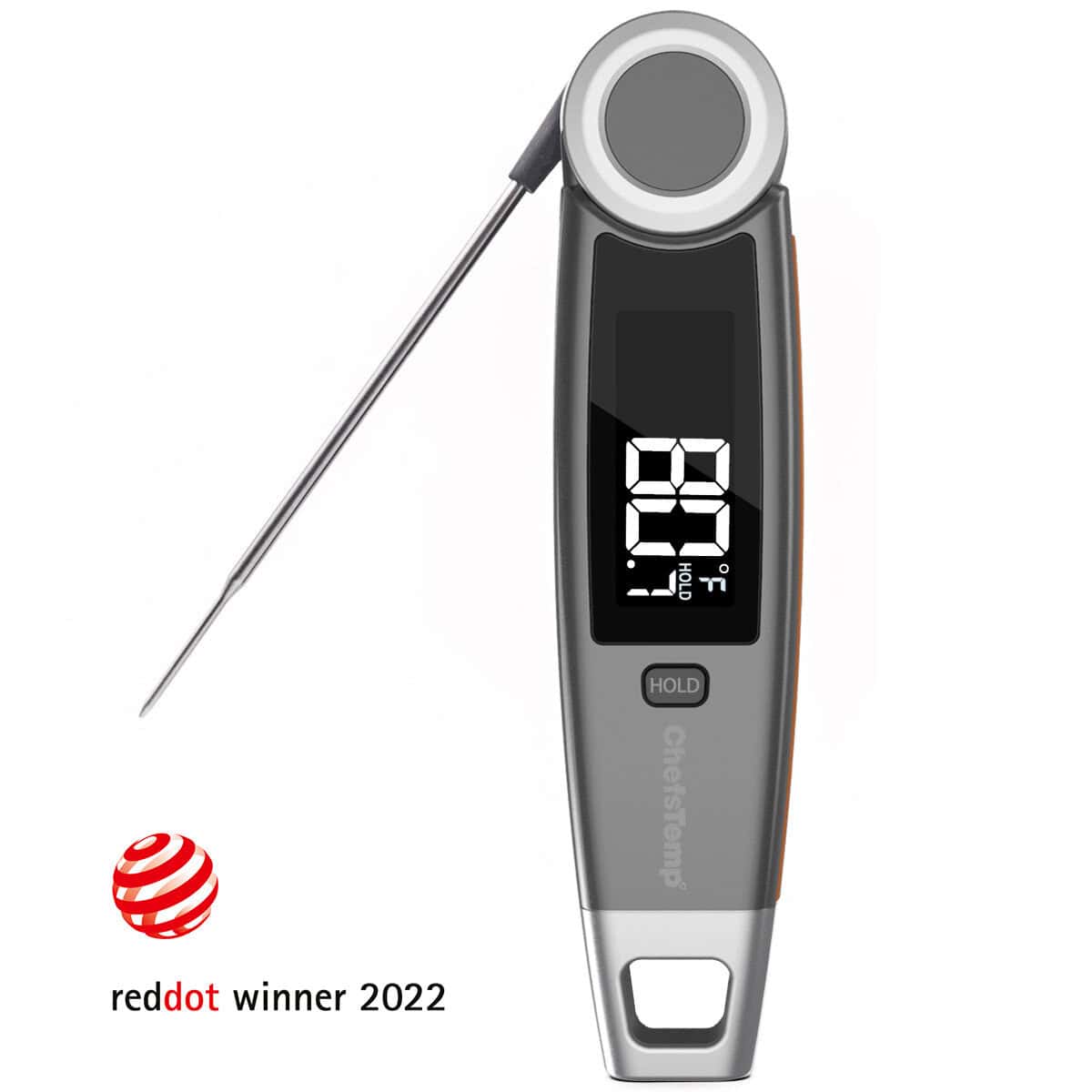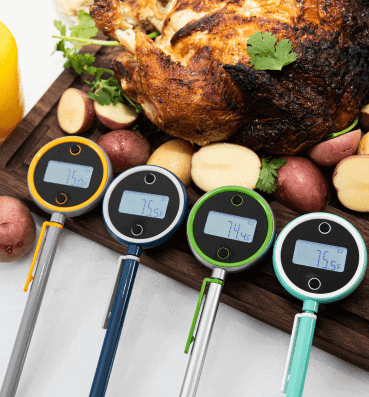
How Can I Cook Safely?
Introduction to food safety temperature
Have you ever heard someone say “I’m dying to try that dish?” You probably have. The problem is that if you don’t cook the dish at the right food temperature, you might literally die! It does happen you know. Even if you manage to stay alive, cooking at the wrong temperature can make you really ill and you really don’t want liquids coming out from both ends of your body at the same time for want of a properly cooked piece of meat!
I am going to help you stay healthy by telling you all you need to know about safe cooking temperatures.
Cooking food at the correct temperature and for the right amount of time will guarantee that any harmful bacteria lurking in the food is killed so the first thing to do is to make sure you read the advice on the food packaging and carefully follow the cooking instructions.
Almost all frozen vegetables will need to be properly cooked before it is safe to eat them. This includes sweetcorn so if you’re going to use frozen sweetcorn or any other frozen vegetables as ingredients in a salad make sure that you read the instructions on the packaging first. If the instructions say that the frozen vegetables should be cooked, make sure you cook them first and avoid nasty illnesses. I can give you a good example featuring everyone’s favorite fast food, the humble hamburger. When beef or pork is grounded to make a burger, any dangerous bacteria on the surface of the meat can possibly spread through the burger. As you can imagine, rare and underdone burgers can contain damaging bacteria inside and can cause food poisoning if not completely cooked. Putting it into a convenient nutshell, I could say that time and meat temperature kills bacteria. When you are cooking your burger, heat energy breaks down the protein in the meat after it is transferred into it. This causes the meat to change from pink to brown and also causes the texture to change. Cooking properly also makes proteins in the bacteria split apart, meaning that they can no longer function. This causes the bacteria to die and removes them.

Bacteria grow in temperatures between 46.4°F and 140°F. If the temperature is below 46.4°F, bacteria growth is halted or slowed down. At temperatures above 140°F, the bacteria start to perish. It’s all about temperature and time because proteins require heating for long enough for them to break down. My advice is that you should cook food until it has reached 158°F and keep it at that temperature for at least 2 minutes.
Check your pork, poultry, and minced meat before you serve to make sure that it’s piping hot and cooked through to the middle. Also, check that none of the meat is pink and that any juices run clear when you cut into the thickest part of the meat. In a whole turkey or chicken (or any fowl really) check in the area between the leg and the breast.
When cooking a chicken or turkey (or any fowl that you would like stuffing with) it’s advisable to cook the stuffing separately, don’t “stuff” the bird. A stuffed bird takes a longer time to cook and may not end up properly done.
Here are the lists of temperatures that you need to cook different items of food at. The temperatures are Fahrenheit.
For perfectly safe ground meat made from beef, pork, veal, and lamb cook at 160°F.
You can cook turkey and chicken a little higher at 165°F in fact you can cook all Poultry (breasts, whole bird, legs, thighs, wings, ground poultry, giblets, and stuffing) at 165°F.
To safely cook fresh beef, veal, lamb, in steaks, roasts, and chops cook at 145°F.
Also, safe pork and ham (fresh pork, and fresh ham) are best cooked at 145°F.
For eggs and dishes that contain eggs, cook until the yolk and albumen are firm.
Safe egg dishes like frittata and quiche should be cooked at 160°F.
If you have any delicious leftovers or cook casseroles you need the heat of 165°F.
To safely cook fish with fins, cook at 145°F or until the fish’s flesh is opaque and breaks easily with a fork.
For shrimp, lobster, crab and scallops cook until flesh is pearly white and opaque and for clams, oysters and mussels cook until their shells open.
If you want to avoid a painful death, DO NOT allow hot food to sit at room temperature for long periods of time. Cool the food down as quickly as possible (within 2 hours is best) and place the leftovers in the fridge or freezer. Eat the stored food within 2 days.
What Temperature Kills Bacteria in Meat?
The temperature that kills bacteria in meat is based on the meat itself. Beef, veal, and lamb are all save to eat at 130℉(54℃), pork needs to reach a minimum of 150℉(65℃), ground meats, poultry, and wild game needs to be cooked to 165℉(73℃), with the only exceptions being duck and ostrich or emu. those can be consumed safely at 145℉(62℃) and if you cook ostrich or emu beyond 150℉(65℃) it will have a metallic taste making it unpalatable. Fish and shellfish should be cooked to at least 140℉(60℃) to kill any bacteria or parasites.

Finaltouch X10
The Finaltouch X10 thermometer from ChefsTemp gives an accurate reading not only for the inside of food but for surface temperatures as well. The diversity of the thermometer’s usage is second to none compared to other thermometers. By getting a reading within 1 second, the Finaltouch X10 from ChefsTemp is prepared to take on any task it is given.
Discover Other ChefsTemp Products
Discover more recipes and learn kitchen tricks by joining our cooking family on Facebook.
You may also like:


















